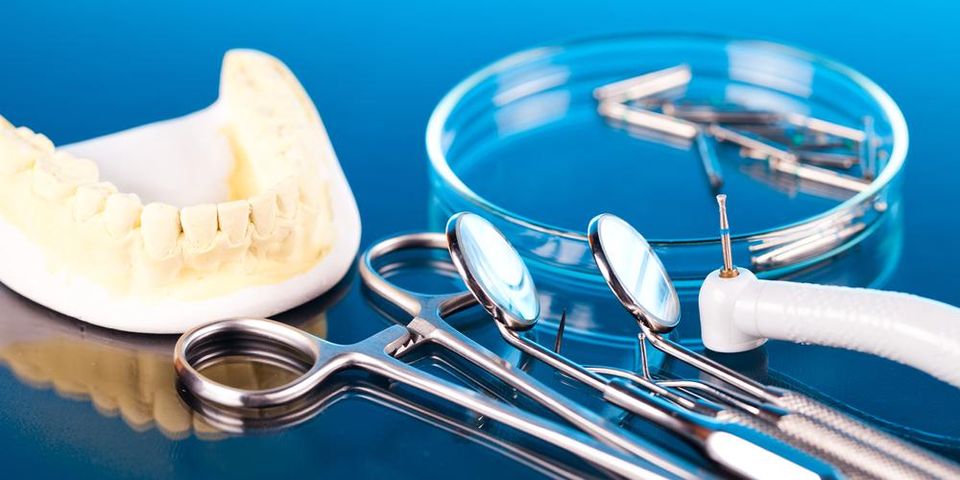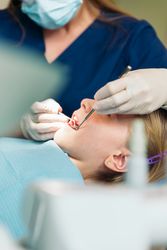Anchorage Oral Surgeons Explain Bone Augmentation & Nerve Repositioning

If you need dental implants but don't have enough healthy jawbone to support the posts, your oral surgeon might recommend bone augmentation and nerve repositioning. While these procedures may sound daunting, they are fairly routine treatments and less invasive than their names suggest. Here, the experts at Oral Surgery Associates Of Alaska in Anchorage offer a guide to these important presurgical steps.
How Oral Surgeons Prepare Patients for Dental Implants
What Are Bone Augmentation & Nerve Repositioning?
 Bone augmentation involves placing grafted tissue onto the natural jawbone to reinforce it. Bone graft material can come another part of from the patient's body, such as the chin or upper jaw or a donor. Synthetic options are also available, as are bones from compatible species. Your oral surgeon can help you find the most suitable option for your needs.
Bone augmentation involves placing grafted tissue onto the natural jawbone to reinforce it. Bone graft material can come another part of from the patient's body, such as the chin or upper jaw or a donor. Synthetic options are also available, as are bones from compatible species. Your oral surgeon can help you find the most suitable option for your needs.
Nerve repositioning requires the surgeon removes a portion of the jawbone to expose the nerve and move it, so it is not harmed by the dental implant. Once the posts are in place, the nerves will be repositioned around the implant; the surgical site will then be filled with bone graft material to aid the healing process.
Who Needs These Procedures?
Individuals who don't have strong enough natural jawbone to qualify for dental surgery can benefit from this pair of treatments. They are commonly used to help patients who need a dental implant but cannot support the post naturally; however, they can also be used for sinus lift procedures and ridge expansions to facilitate breathing and healthy oral development. While bone augmentation is fairly common, nerve repositioning is used only when necessary to make room for a dental implant.
How Are the Procedures Performed?
Many oral surgeons do bone augmentation and nerve repositioning at the same time as tooth removal to shorten the recovery period. Once the patient is anesthetized, the surgeon cuts the gum tissue in the affected area and attaches graft material to the existing jawbone. If nerve repositioning is required, they will perform this part of the procedure before applying the bone graft. The gum tissue is then sutured in place to facilitate healing. During this process, the patient’s bone growth is stimulated, allowing the body to absorb the graft. This can take anywhere from a few weeks to a few months depending on the extent of the surgery.
If you need dental implants to replace missing or permanently damaged teeth, you can count on the oral surgeons at Oral Surgery Associates of Alaska to provide comprehensive service. They will take care of any necessary bone augmentation and nerve repositioning to make you a good candidate for the implant procedure. To learn more about the practice’s services, visit them online. Call (907) 561-1430 to set up a consultation today.
About the Business
Have a question? Ask the experts!
Send your question

